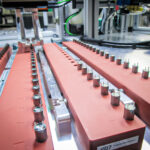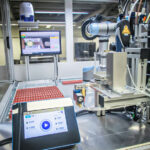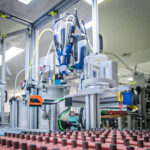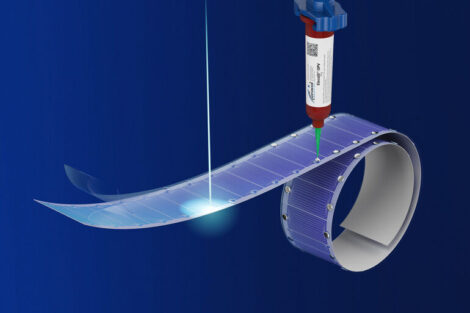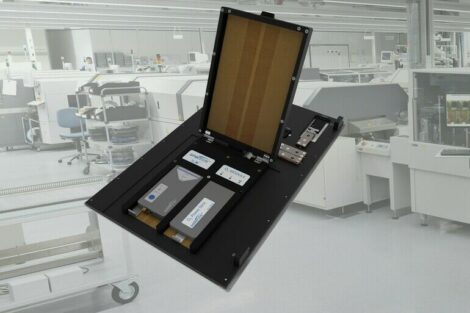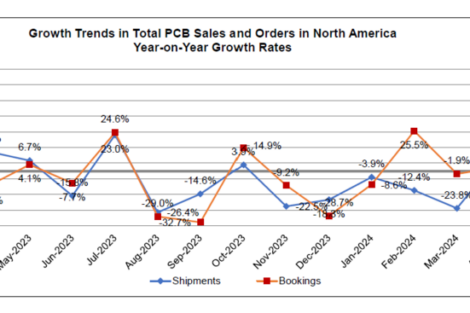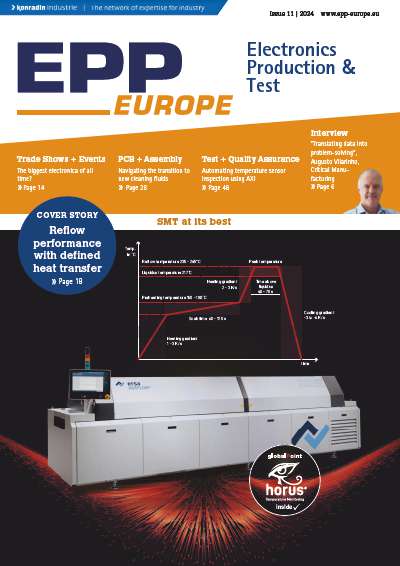Staiger – a company based in Erligheim in the German state of Baden-Württemberg – has automated the potting of 2-component adhesives in magnetic heads for solenoid valves, with the help of a microdosing solution by Preeflow.
Pins are critical to parts and components during potting processes. If the miniature contacts become contaminated with glue, the electrical conductivity suffers, along with the component quality. By automating the potting of 2-component adhesives in magnetic heads for solenoid valves, Staiger has been able to reliably prevent this issue from occurring in the manufacturing of micro solenoid valves of just 7 mm in size, and to also ensure that exactly the same filling heights are always achieved.
Hand-mixing method
“Up until now, we‘ve been mixing the material by hand and then also dosing it into pallets manually,” explains Stefan Waldinsperger, the department head for operational and test equipment construction and process development at Staiger. Although the manual potting performed by the four highly trained employees responsible for this process was of an acceptable quality, it nevertheless proved too monotonous to handle for manufacturing quantities of between 600 and 800 units per shift. The increasing difficulties in finding suitably qualified personnel, along with the consistent precision guaranteed by robotics, ultimately drove the decision to automate the process instead.
The challenge
Initial tests were carried out with the Eco-Duo from microdosing solutions provider preeflow. Over the course of these tests, it then became clear that the two components of the Henkel potting compound used are only suitable for static mixing in the system under certain conditions. “The 2-component material poses challenges for mixing and dosing,“ explained Waldinsperger. For this reason, he got in touch directly with preeflow to discuss alternative technical solutions to the challenge. In particular, this concerned the very small design of the solenoid valves and the wish to have a precise dosing system that can handle very small quantities. The technology also needed to be suitable for the challenging material properties of the 2-component potting compound. “The hardener is of very low viscosity – it hardens quickly even as an individual component and must therefore be processed swiftly,” Waldinsperger explained. “All of this has an impact on the process.”
Joint discussions
Over the course of joint discussions, the parties evaluated the technical requirements and suitable technologies and decided on the Eco-Duomix. The greatest advantage of this is that it implements the mixing dynamically using a high-torque engine. Particularly for complex media of varying viscosities, this increases the process stability and consequently has an impact on the processing quality.
Control unit development
By chance, preeflow happened to be developing the Eco-Control EC200 2.0 control unit in parallel to the Staiger project. As a manufacturer of valves, the latter also possesses the relevant expertise in control systems to be able to reliably integrate processes into series production meaning it proved a beneficial consultation partner for the developers of the Duomix feature within the new control unit.
ViscoTec swiftly took on board the feedback from Staiger and modified the control unit stage by stage. To name just one improvement, it‘s now possible to record data even on the operating status of the third engine responsible for the mixing, for example. The collaboration with Staiger at that time proved fortunate for the new development of the eco-CONTROL EC200 2.0,“ remarked Thomas Schmid, business area manager at Preeflow. Waldinsperger agrees: “Our employees are particularly happy that the manual mixing of the two components is now largely done automatically in the eco-DUOMIX, and that maintenance is a simple matter of filling the tanks with the Henkel material. It means there‘s less direct contact with the material, and that‘s naturally great from a health and safety perspective.“




